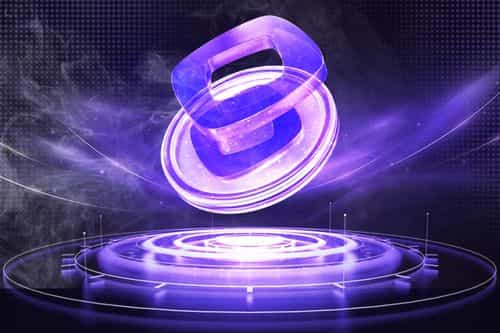ERC-7683: Ethereum’s Cross-Chain Standard


Cross-chain interactions are one of the biggest bottlenecks in blockchain today, fragmented liquidity, complex token wrapping, high costs, and inconsistent trust models all slow down adoption. ERC-7683 proposes a standardized way to solve these issues by defining intents, unified order structures, and settlement mechanisms that make transfers across Ethereum, rollups, and Layer-2s seamless and secure. Understanding this standard is key for developers, dApps, and users who want to build or benefit from a scalable, interoperable Web3 ecosystem. Read the article to see how ERC-7683 is shaping the future of cross-chain interoperability.
TL;DR
ERC-7683 tackles the hardest parts of cross-chain interaction, fragmented liquidity, complex workflows, and high costs, by defining intents, unified orders, and standardized settlement. The points below give a technically concise view of its purpose, mechanisms, and benefits. For full context and integrations, continue with the list below:
Introduction
The world of blockchain technology is continuously evolving, and with it comes new standards designed to improve interoperability, efficiency, and the user experience. One such advancement is ERC-7683, an Ethereum Request for Comments (ERC) standard that introduces a framework for cross-chain trade execution systems. This standard is set to transform how value is transferred across various blockchain networks by addressing key inefficiencies and enhancing the overall ecosystem.
Motivation Behind ERC-7683
The primary motivation for ERC-7683 emerged from the growing necessity for efficient cross-chain interactions. Traditional bridges often require users to navigate complex processes such as token wrapping and different transaction systems. These complexities lead to high costs, significant delays, and fragmented liquidity, which hinder seamless value transfer across chains.
Key challenges include:
ERC-7683 addresses these issues by creating an interoperable ecosystem where cross-chain intents can be executed seamlessly.
How ERC-7683 Works?
ERC-7683 introduces a standardized process for executing cross-chain transfers, which involves several key participants and structural components. Let's dive deeper into the mechanisms and detailed workflow:
Core Concepts and Mechanisms
Key Participants
Process Workflow

Ecosystem Integration and Growth
The implementation of ERC-7683 has gained wide acceptance, indicating its growing significance in the blockchain ecosystem. This section elaborates on how various entities have integrated this standard into their platforms and the subsequent growth:
Notable Integrations
Growth of ERC-7683
Benefits for Developers, dApps, and Users
ERC-7683 brings numerous advantages for developers, decentralized applications (dApps), and end-users, enhancing the overall blockchain ecosystem’s efficiency, usability, and functionality.
For Developers
Decentralized Applications (dApps)
For Users
Scalability for Rollups and L2s
ERC-7683 aligns perfectly with Ethereum’s Layer-2 scaling strategies by enabling intent-based multichain workflows. This makes the Ethereum ecosystem more efficient and user-friendly, allowing tokens and intent data to move freely between rollups without manual user intervention.
Conclusion
ERC-7683 represents a fundamental leap toward standardizing cross-chain trade systems by abstracting complexities, enhancing liquidity sharing, and offering interoperable infrastructure. Its flexible, secure, and cross-ecosystem compatible nature ensures that cross-chain functionality can grow alongside blockchain adoption, unlocking new opportunities for seamless decentralized finance.
The adoption of ERC-7683 by major projects and ecosystems highlights its potential to unify disparate blockchain environments, driving growth and innovation across the blockchain space.
Resources
Frequently asked questions
Check out most commonly asked questions, addressed based on community needs. Can't find what you are looking for?
Contact us, our friendly support helps!
What is ERC-7683 and why is it important?
ERC-7683 is a proposed Ethereum standard aimed at enhancing cross-chain interoperability. It facilitates efficient data sharing between on-chain entities, rollups, and Layer 2 solutions, addressing scalability challenges in decentralized ecosystems.
How does ERC-7683 improve user experience in dApps?
By standardizing cross-chain interactions, ERC-7683 simplifies complex processes, reduces transaction costs, and accelerates execution times, resulting in a more seamless and efficient user experience in decentralized applications.
Which platforms have integrated ERC-7683?
Notable platforms like UniswapX, Across Protocol, and Okto have adopted ERC-7683, leveraging its standardized framework to enhance cross-chain functionalities and ecosystem integration.




